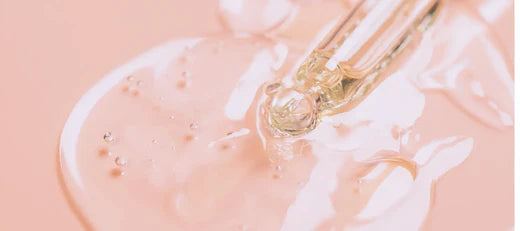
Retinol purge: What is it and the best aftercare tips
Introduction
Your skin will break if you incorporate a new product into your skincare routine that doesn't work for you. This may lead you to believe that the merchandise should be thrown away. But what happens if your skin is not breaking out but rather purging?
Skin purging is common when using a substance dramatically increases your skin's cell turnover. Retinol is among the most often-used substances that cause skin purging. Read on to find out what retinol purge is and how to avoid it cautiously.
What is retinol purge?
Retinol's superpower is its capacity to speed up the shedding of dead skin cells. So when you introduce it, your skin has to get used to the new routine. This phase of adaptation is called the retinol purge phase. That’s because it allows your skin to quickly eliminate all the undesirables.
Although each person's experience will be unique, some more frequent but transient adverse effects include redness, tightness, and dryness; skin peeling or dry and flaky skin; sensitivity to sunlight; and occasional acne breakouts.
Also read: Revealing the Benefits of Retinol for Skin
Why does a retinol skin purge happen?
Retinol enters the dermis, the second layer of skin, by passing through the epidermis. There, it becomes engaged in scavenging the free radicals that result in oxidative damage to the skin. Moreover, retinol skin purge decreases oil release and increases the dermal formation of collagen and elastin.
Also, it aims to accelerate the turnover of skin cells. This describes the mechanism that pushes skin cells from the layers beneath to the surface. The addition of these things together improves the skin's texture. It minimises large pores, lessens wrinkles and acne flare-ups, and balances the skin tone.
Retinol addresses skin problems from the ground up and totally eradicates them. Unlike other skincare products, it simply treats the symptoms and has a transient impact. So, if you notice that your skin seems younger following retinol therapy, consider that this is not just superficial. Rather, at the cellular level, your skin has truly become younger.
How to avoid a retinol purge?
Although cellular stimulation is the ultimate goal, you may not be able to avoid retinol purge fully. However, you can reduce its consequences.
To begin with, nobody suggests that you have to take retinol every night. Although doctors advise applying retinol at night, you can gradually increase the frequency. You can do so by first applying it every four nights, then every three as your skin becomes accustomed to it, and so forth.
You can also put your retinol over your nighttime moisturiser to serve as a buffer. Seek for retinol products like The Pink Foundry’s Waterlight Gel Moisturiser 72 Hour Hydration made with calming, anti-inflammatory components.
How to care for skin after retinol purge
-
Strengthen your skin barrier with a moisturiser
The lack of moisture and hypersensitivity from retinol may result in flaking or redness throughout the purging stage. Make sure to moisturise and hydrate your skin to mitigate these effects. Select non-comedogenic, mild moisturisers that contain powerful ingredients. They will lessen irritation and support a better skin barrier by aiding in the restoration and retention of moisture.
-
Applying sunscreen is a must
Retinols speed up your skin cells' life cycle, increasing skin sensitivity to the sun. The skin becomes more vulnerable to UV damage when applied topically.
Always remember to apply a broad spectrum sunscreen with an SPF of a minimum of 30, like The Pink Foundry’s Mineral Matte Tinted Sunscreen, to prevent the reverse side. Remember to reapply sunscreen outside every two hours.
Also read: Which Sunscreen Is Best For Dry Skin In India
-
Track the progress
This step won't assist with the physical side effects by keeping you on track throughout the transition period. However, it can help lessen the impact on your mental state and confidence.
Conclusion
Don't let the idea of going on a retinol purge stop you from taking advantage of this amazing supplement. This vitamin A derivative is a type of skincare ingredient whose benefits outweigh its cons.
Its advantages are manifold and immeasurable, and embracing its use can surely improve the general health of your skin. In a nutshell, if you haven't already, it's a good idea to incorporate retinol into your skincare regimen. Never forget that patience is essential.
FAQs
1. How can you tell if your skin is clearing out?
Indeed. You may see specific indicators that set purging on your skin apart from an adverse reaction. First of all, time is everything. Usually, purging happens right after adding a new active component to your skincare regimen. Second, a clue may be found in the breakouts' locations.
2. Can I use a moist face to apply retinol serum?
No, since the moisture on the face can dilute the substance and impede its absorption, retinol is less effective when you apply it on damp skin. Furthermore, moist skin could be more delicate and retinoic acid-prone. Retinol should be used in the evening to clean dry skin for optimal effects.
3. What is the duration of a retinol purge?
Normally, it takes two weeks, but it might take up to six weeks. After six to eight weeks, you might wish to see a dermatologist if your breakouts occur more frequently.
4. Does cleansing of the skin indicate improvement?
Yes, skin cleansing is usually a good indication that it is improving. Active chemicals such as retinol or exfoliating acids work to clear pores and speed up cell turnover during the purging phase, which may initially cause breakouts or congestion to increase.

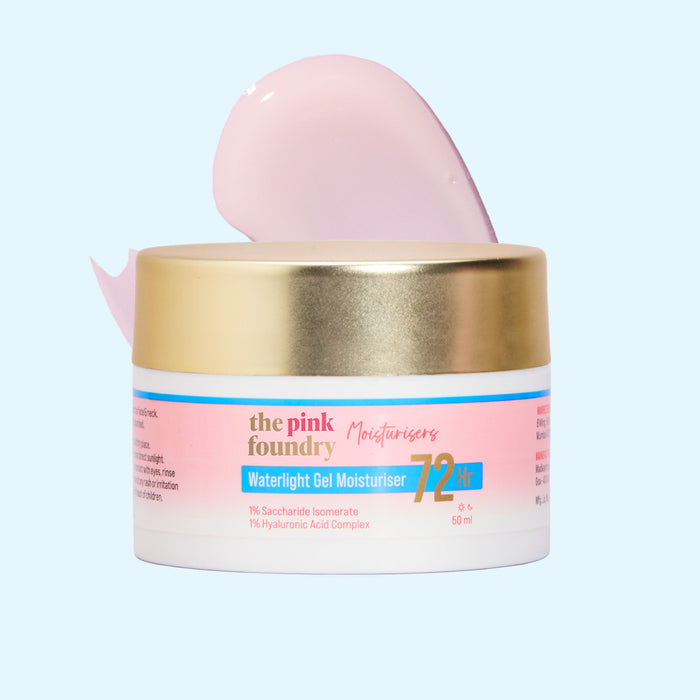
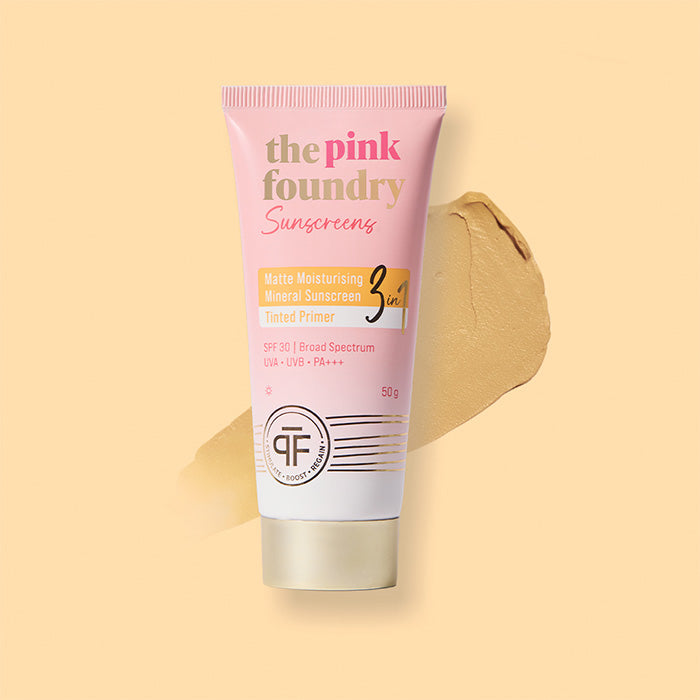
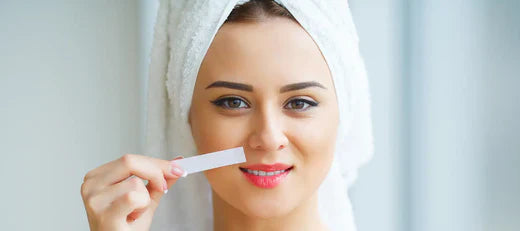
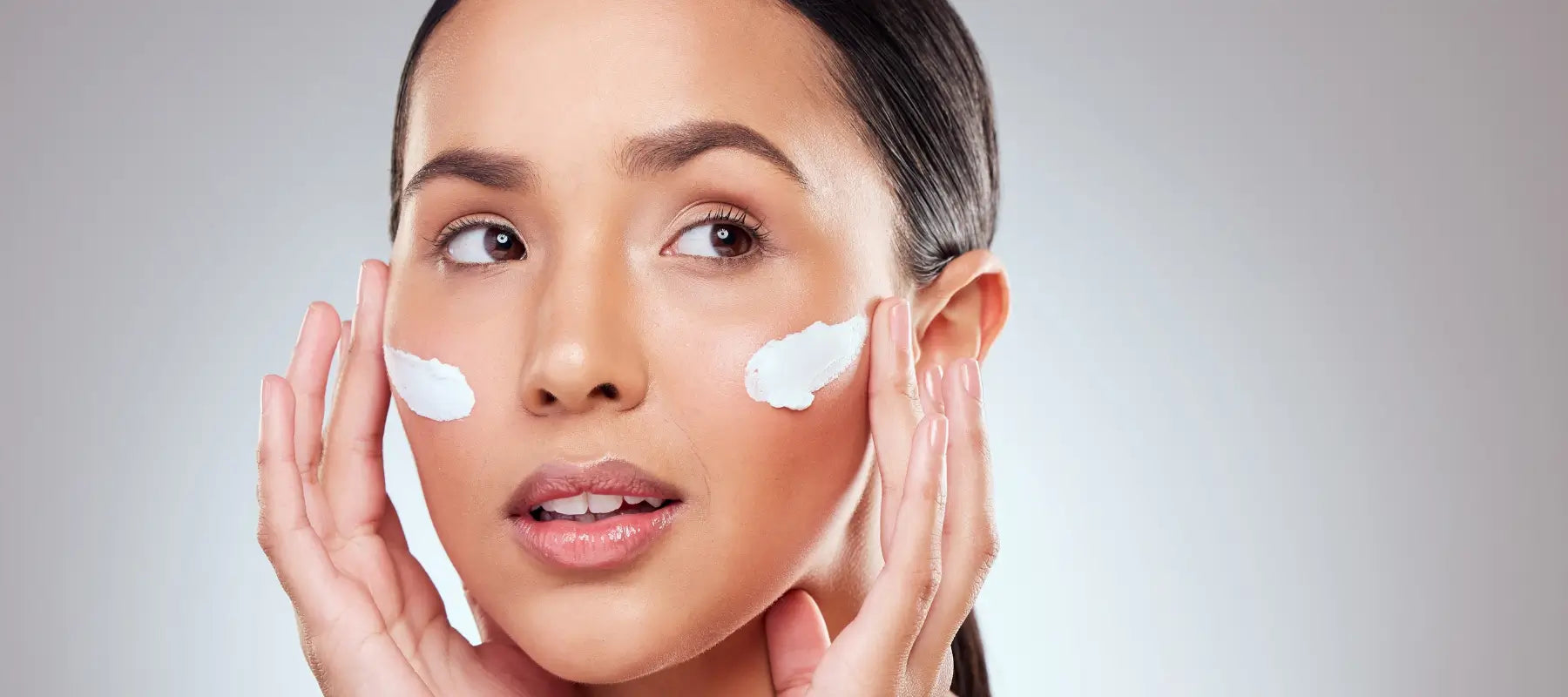

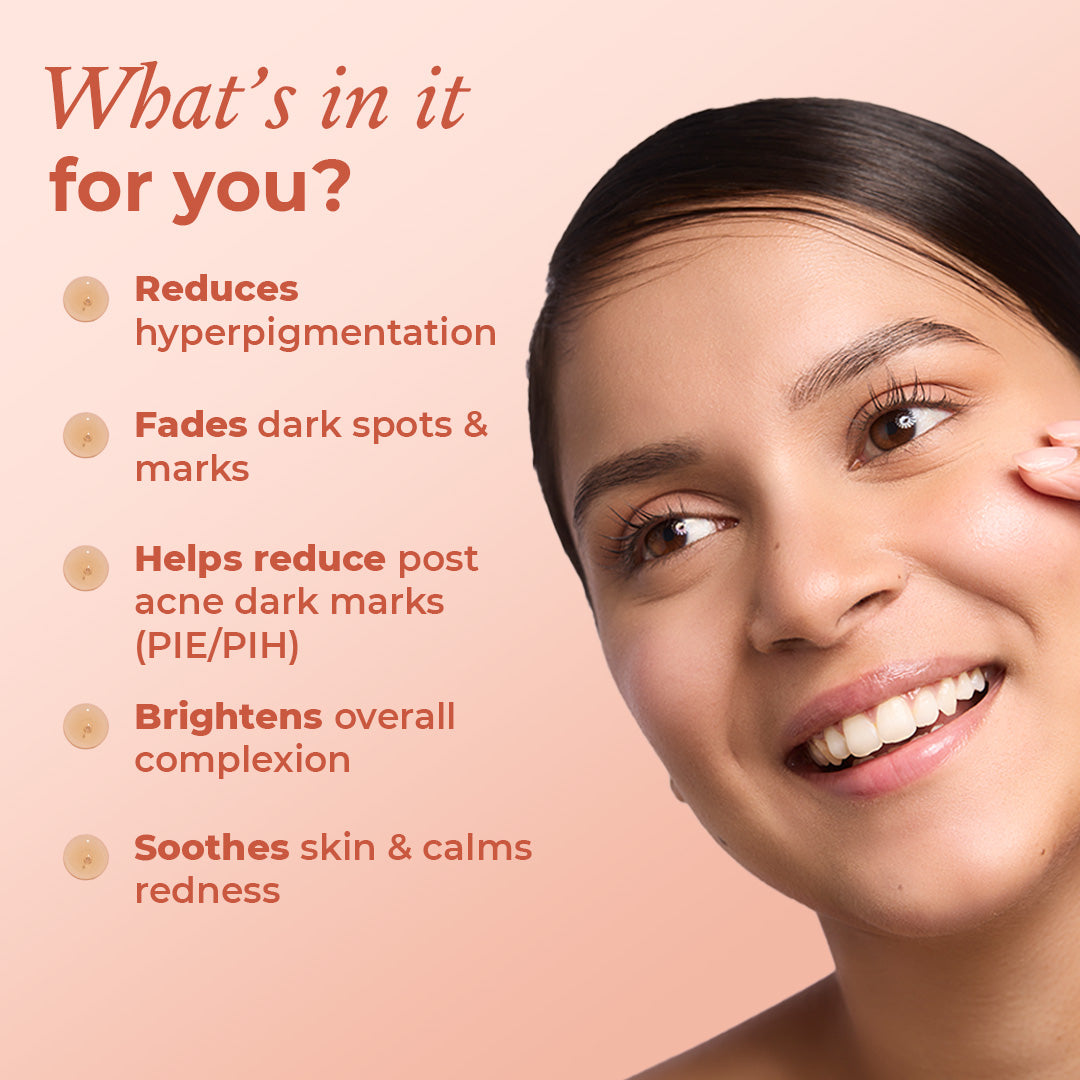

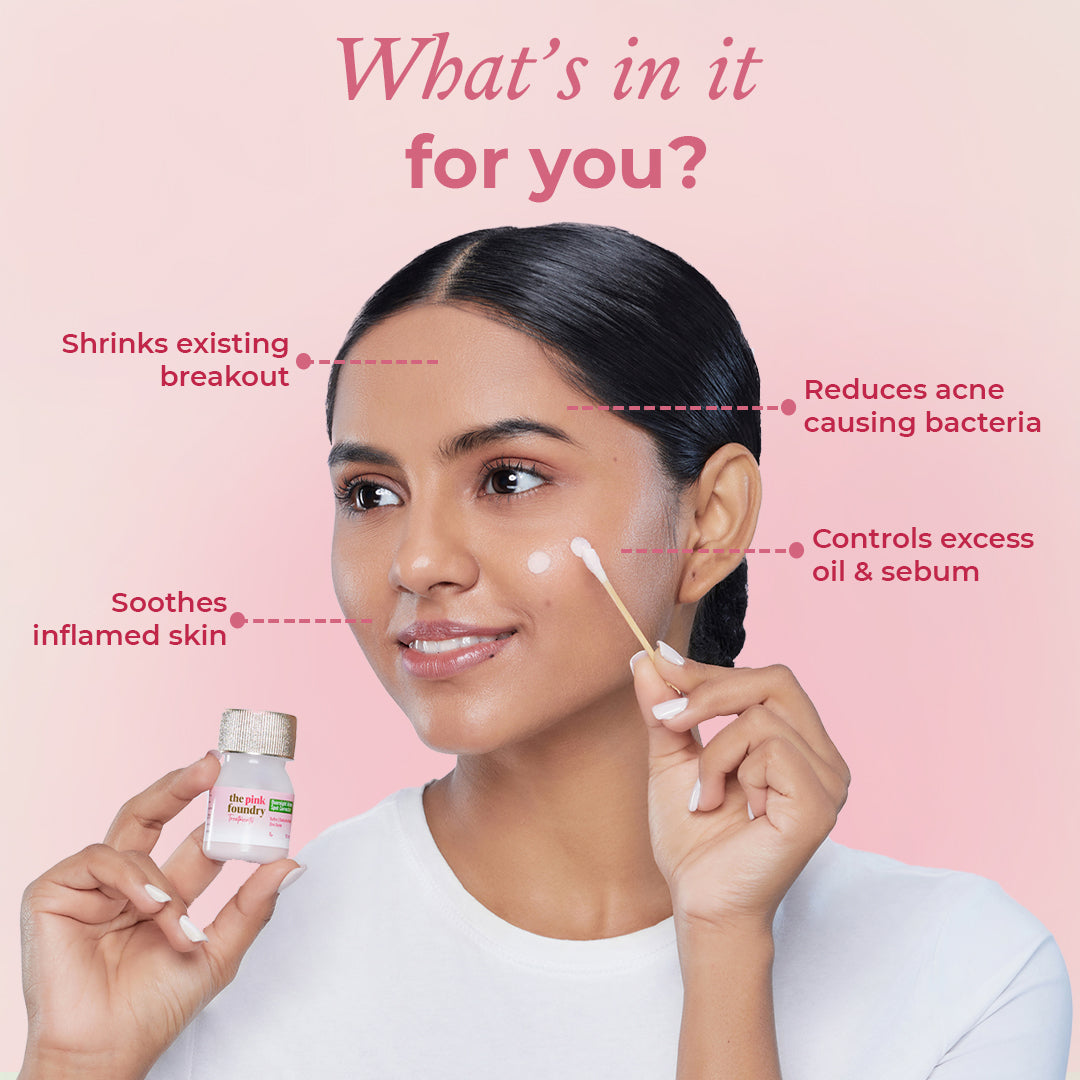
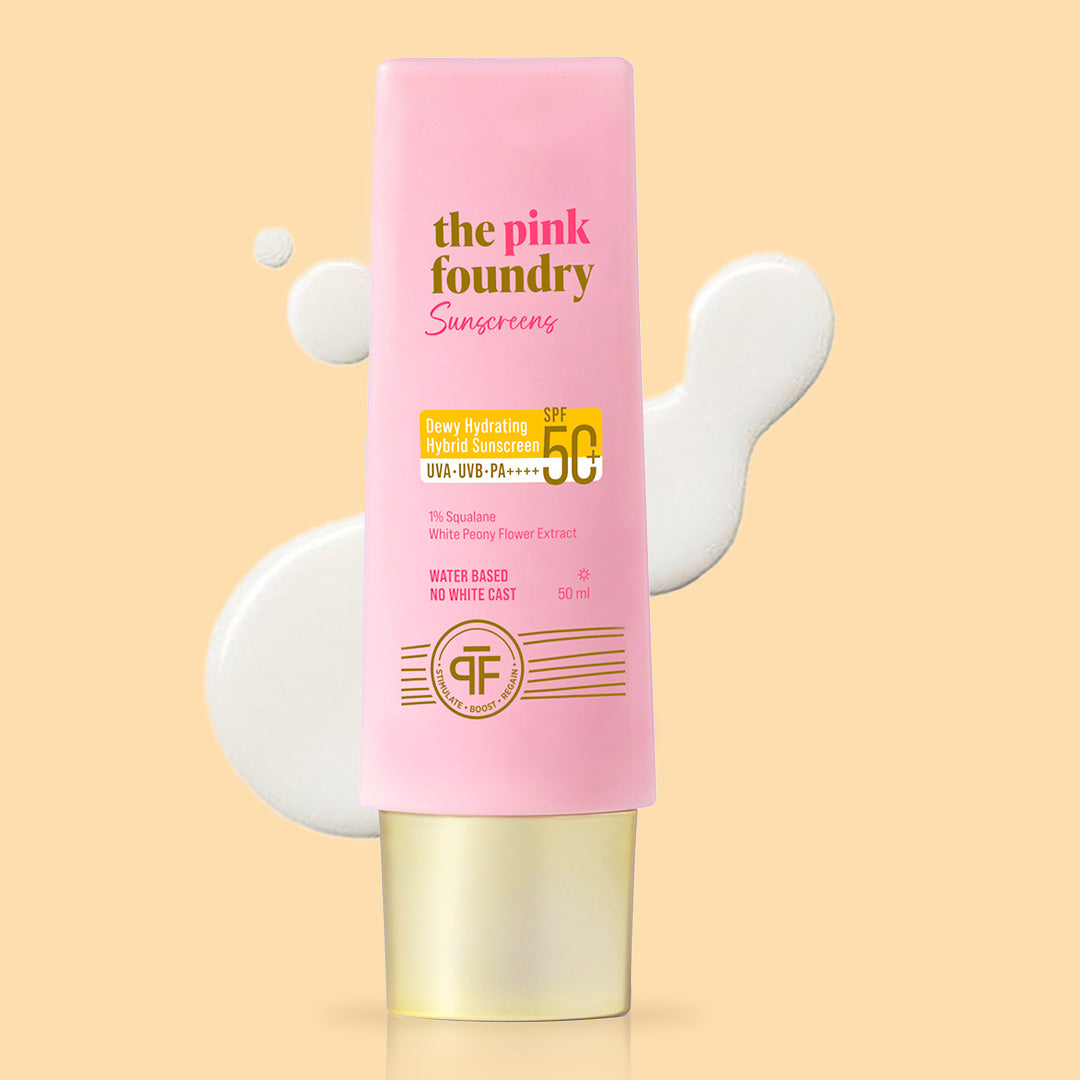
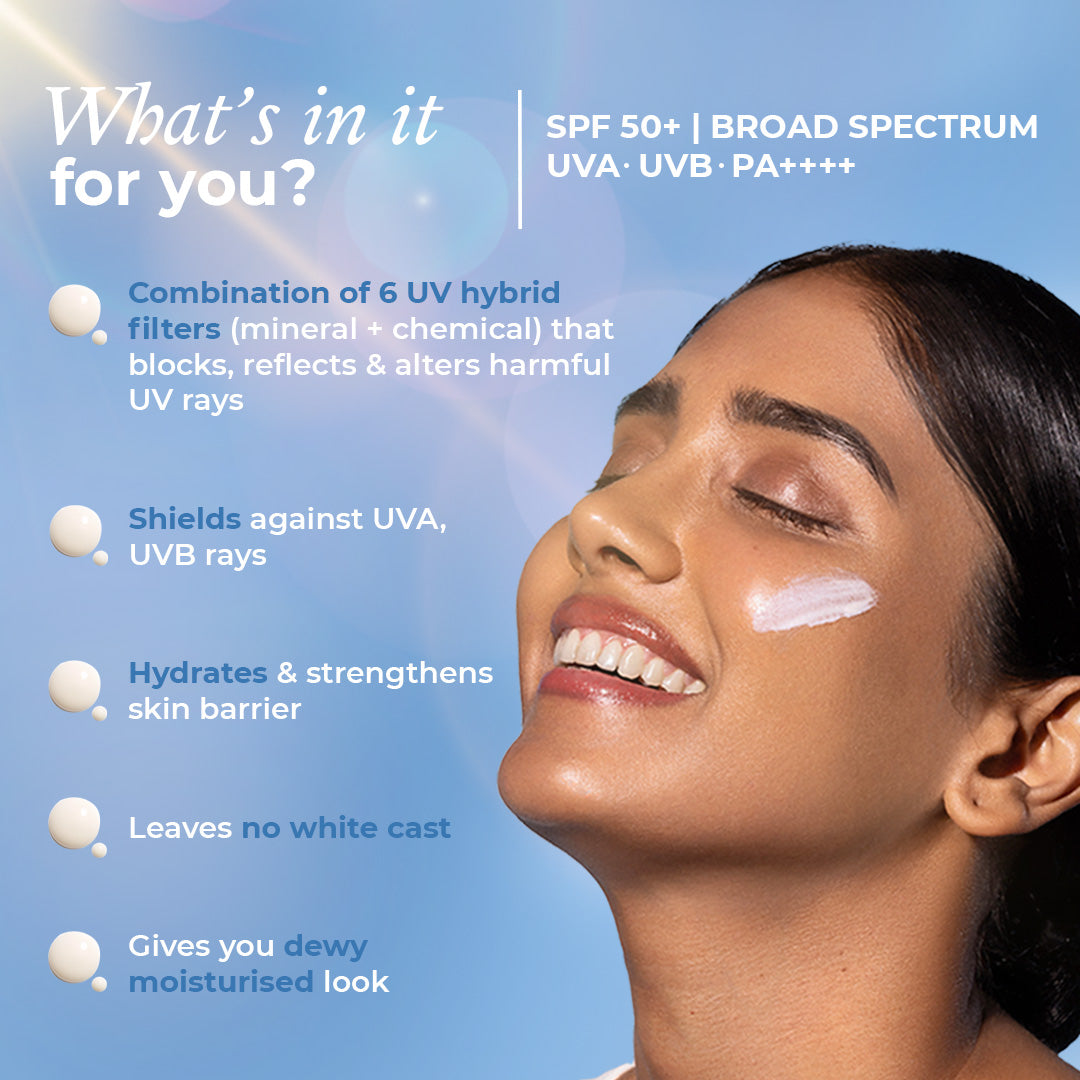
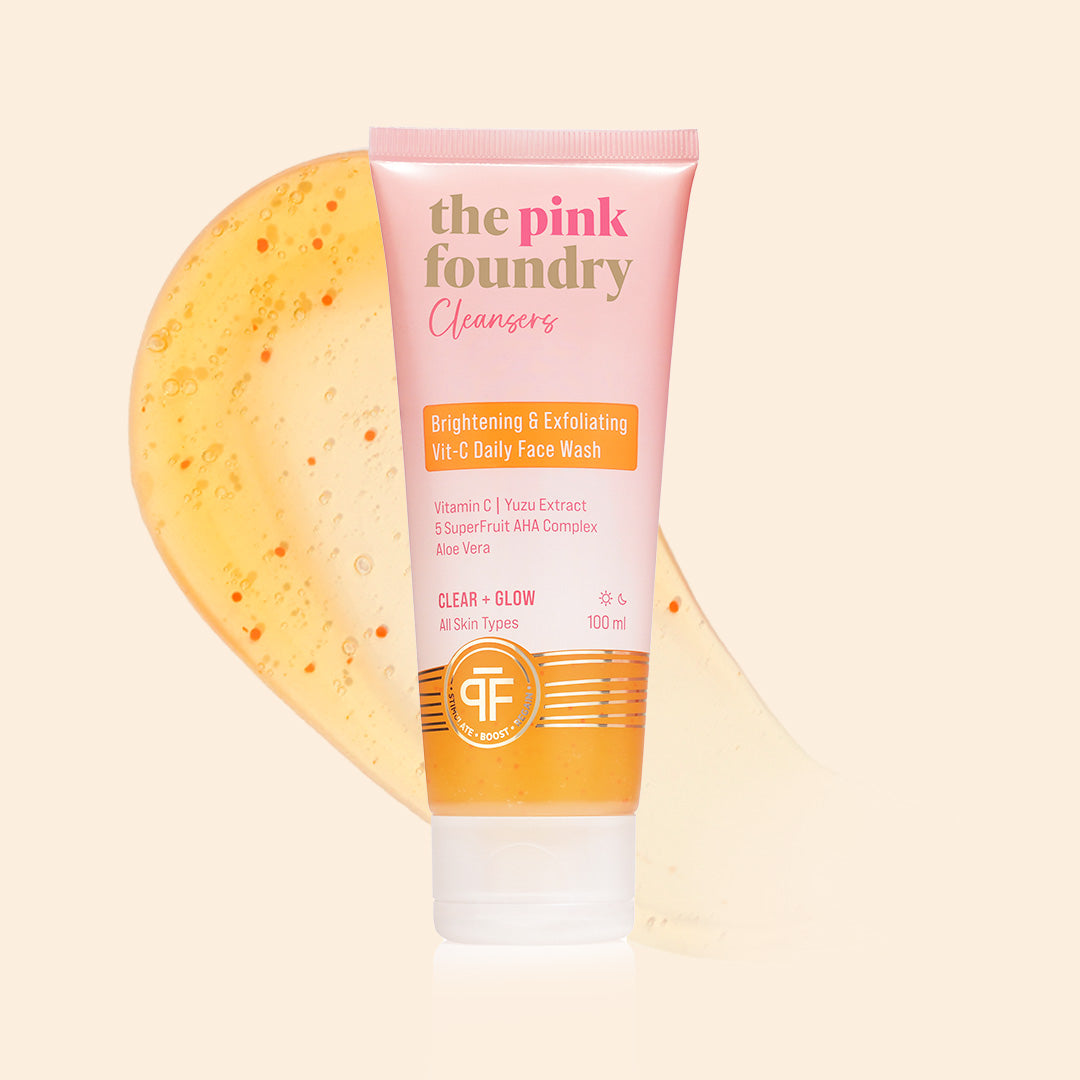
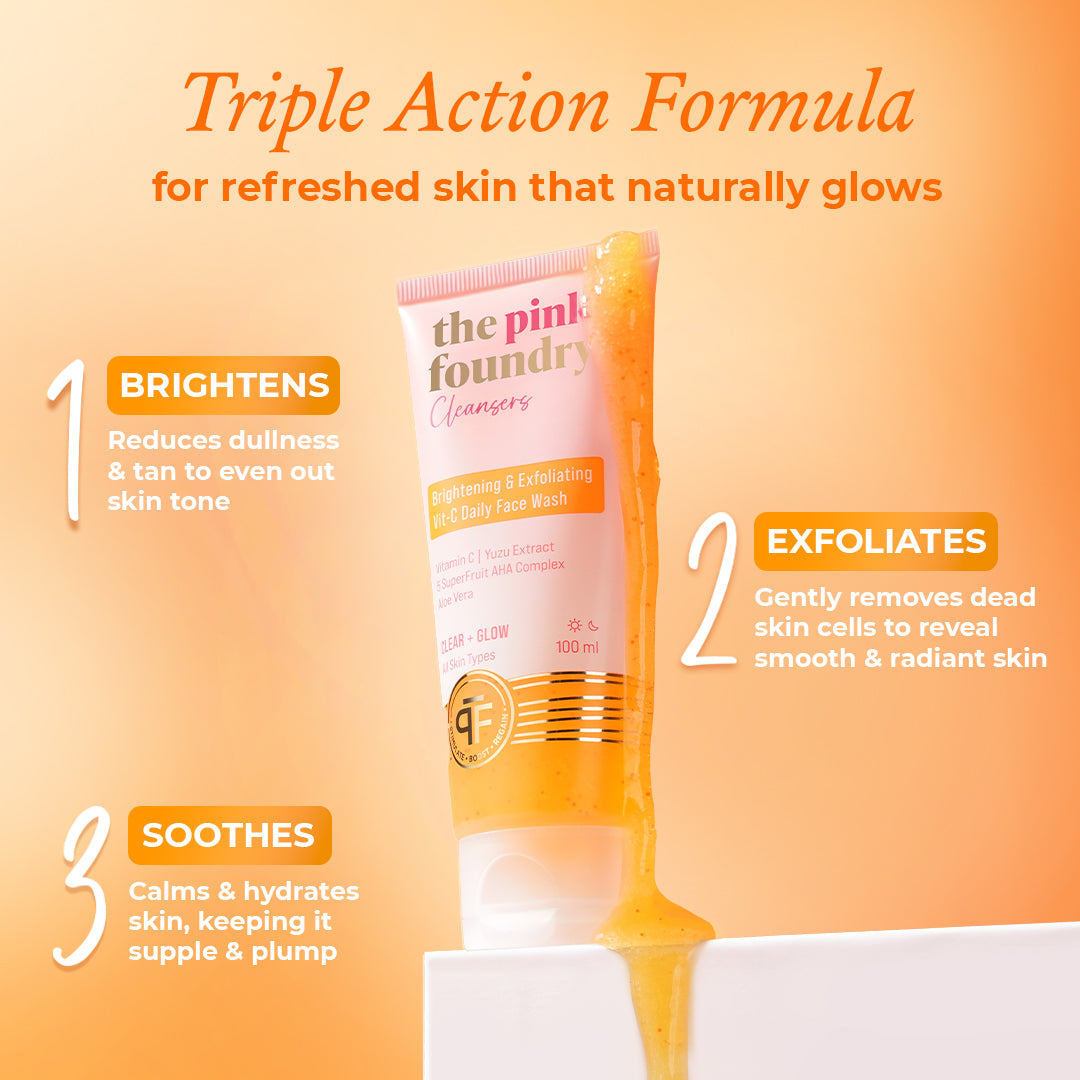
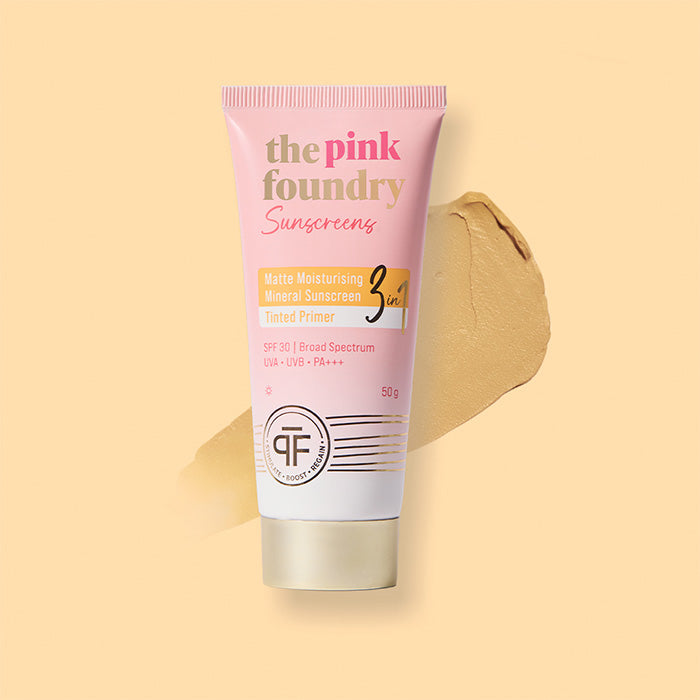
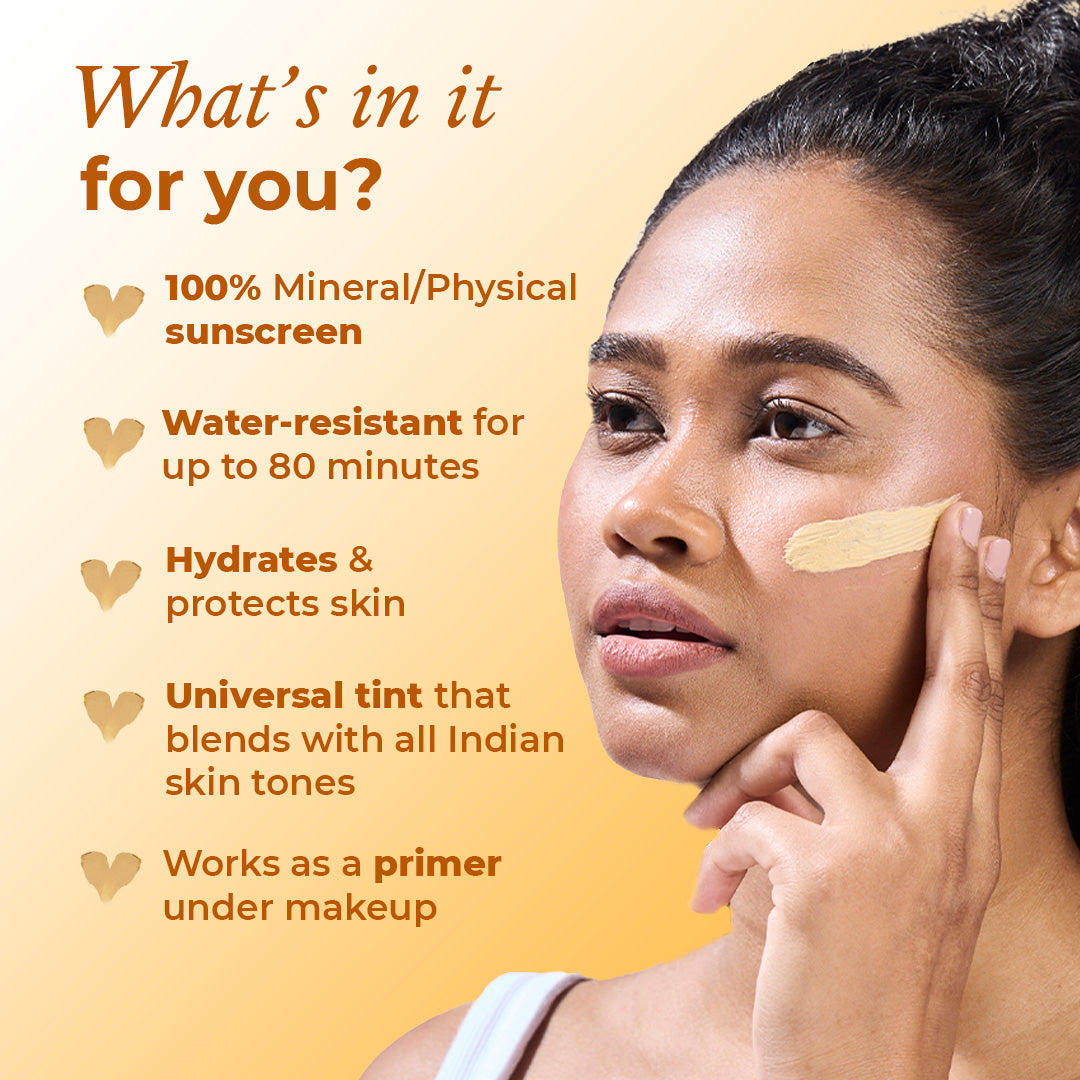
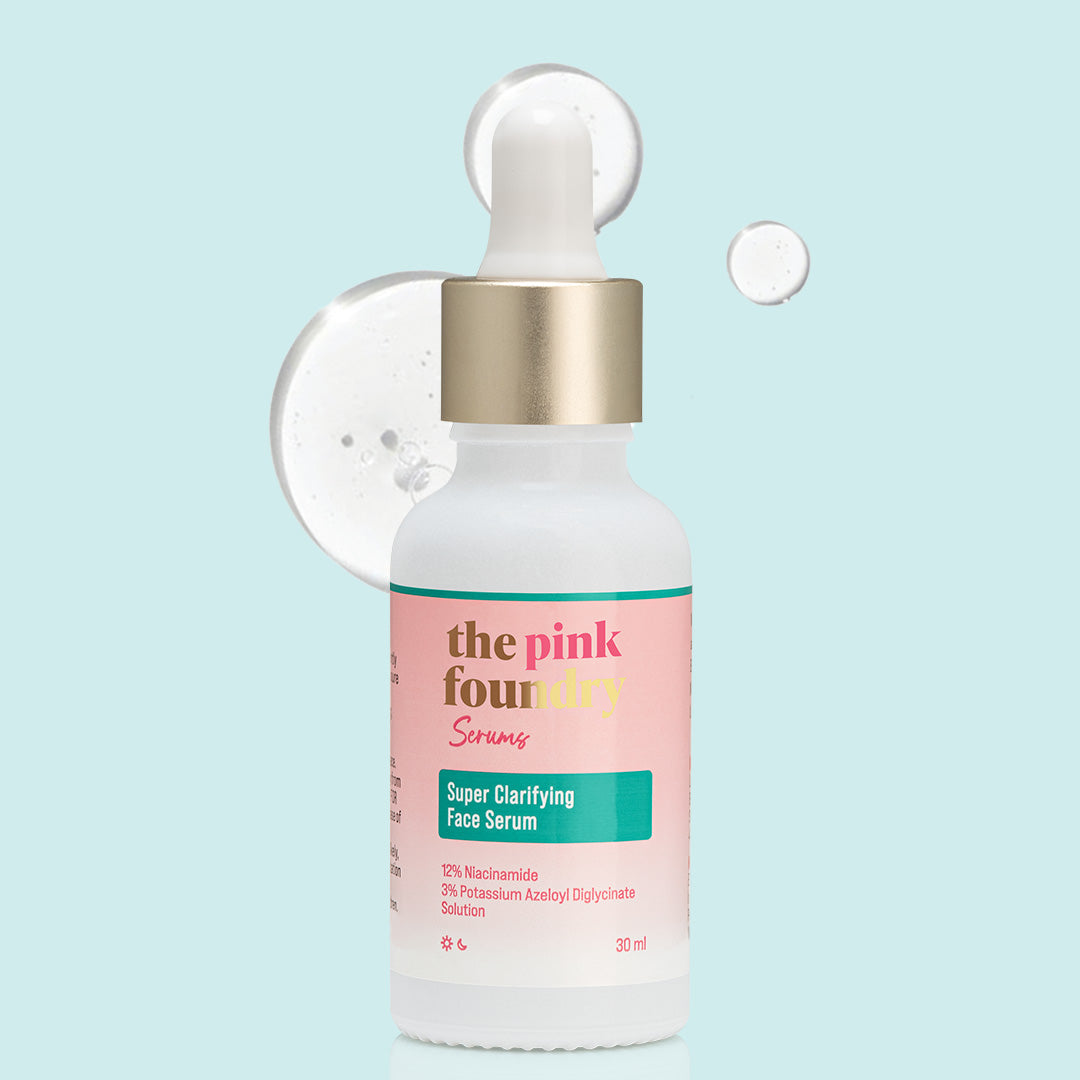
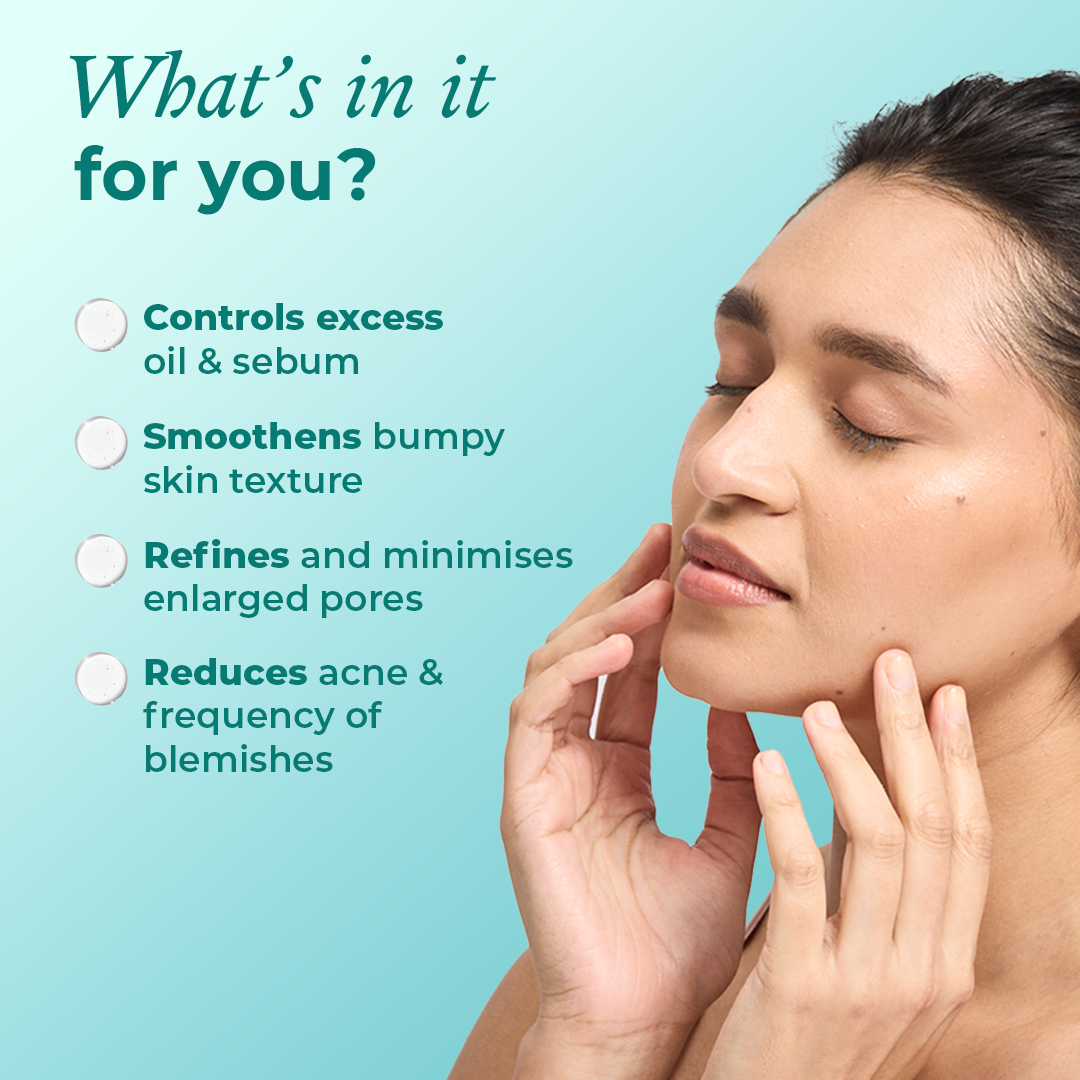

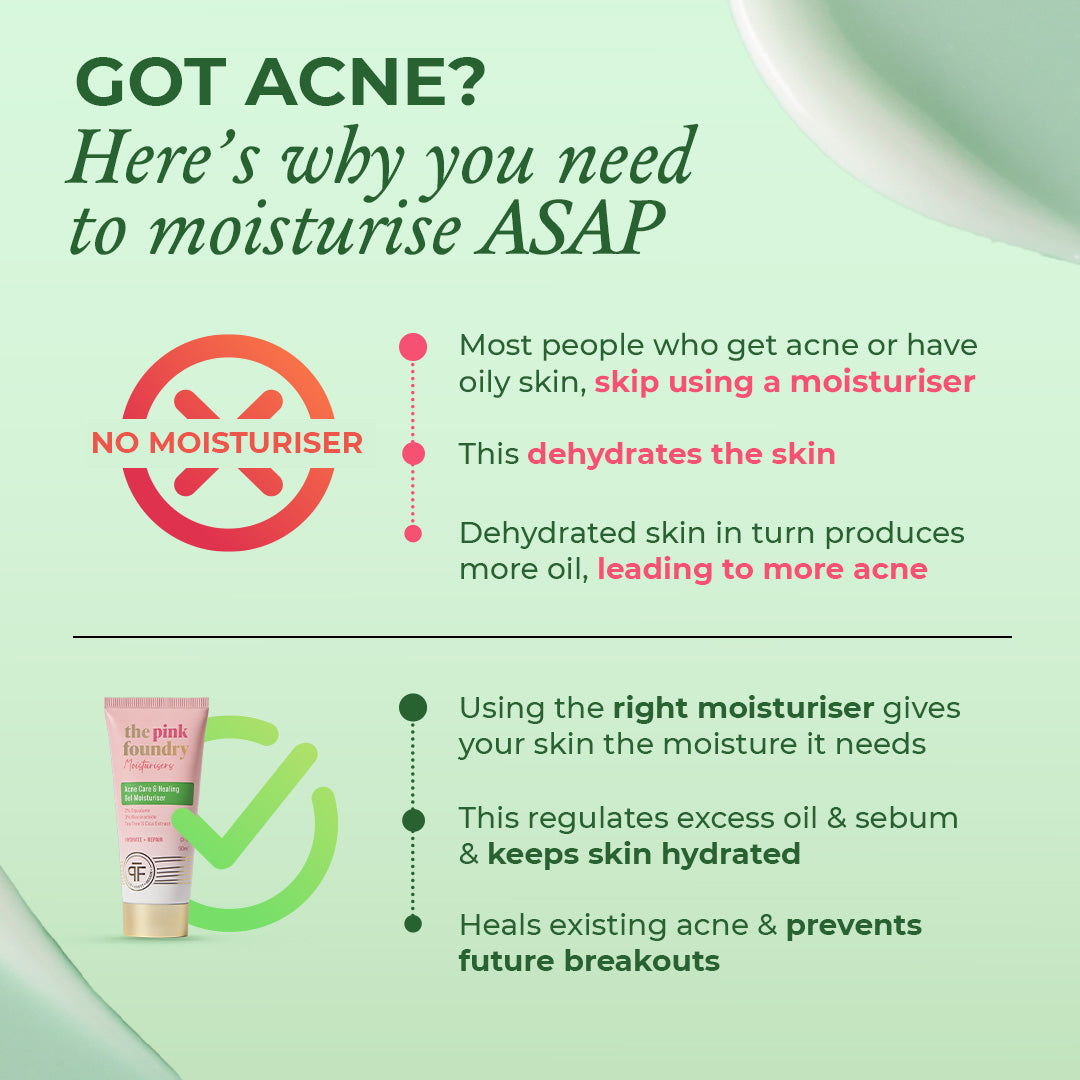
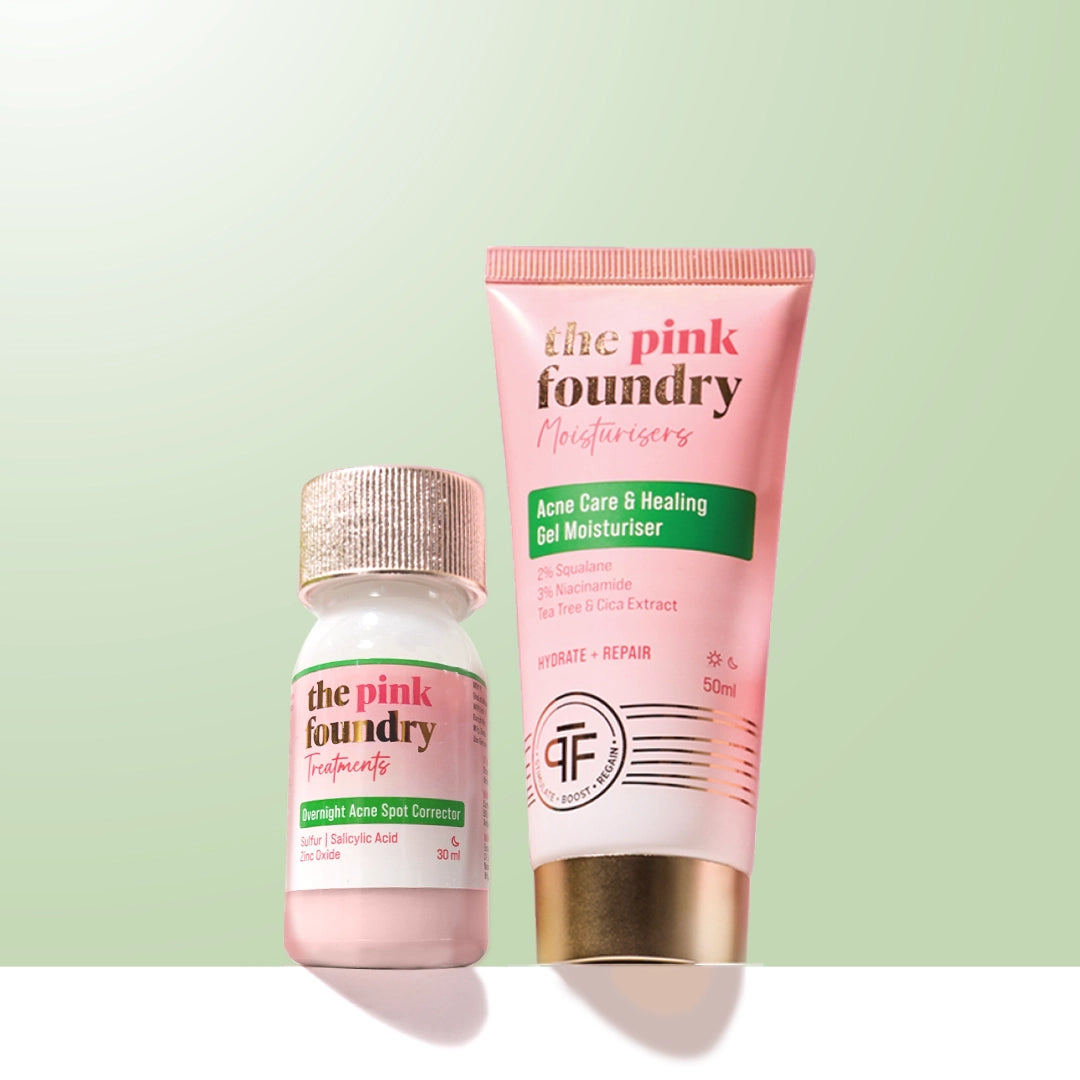
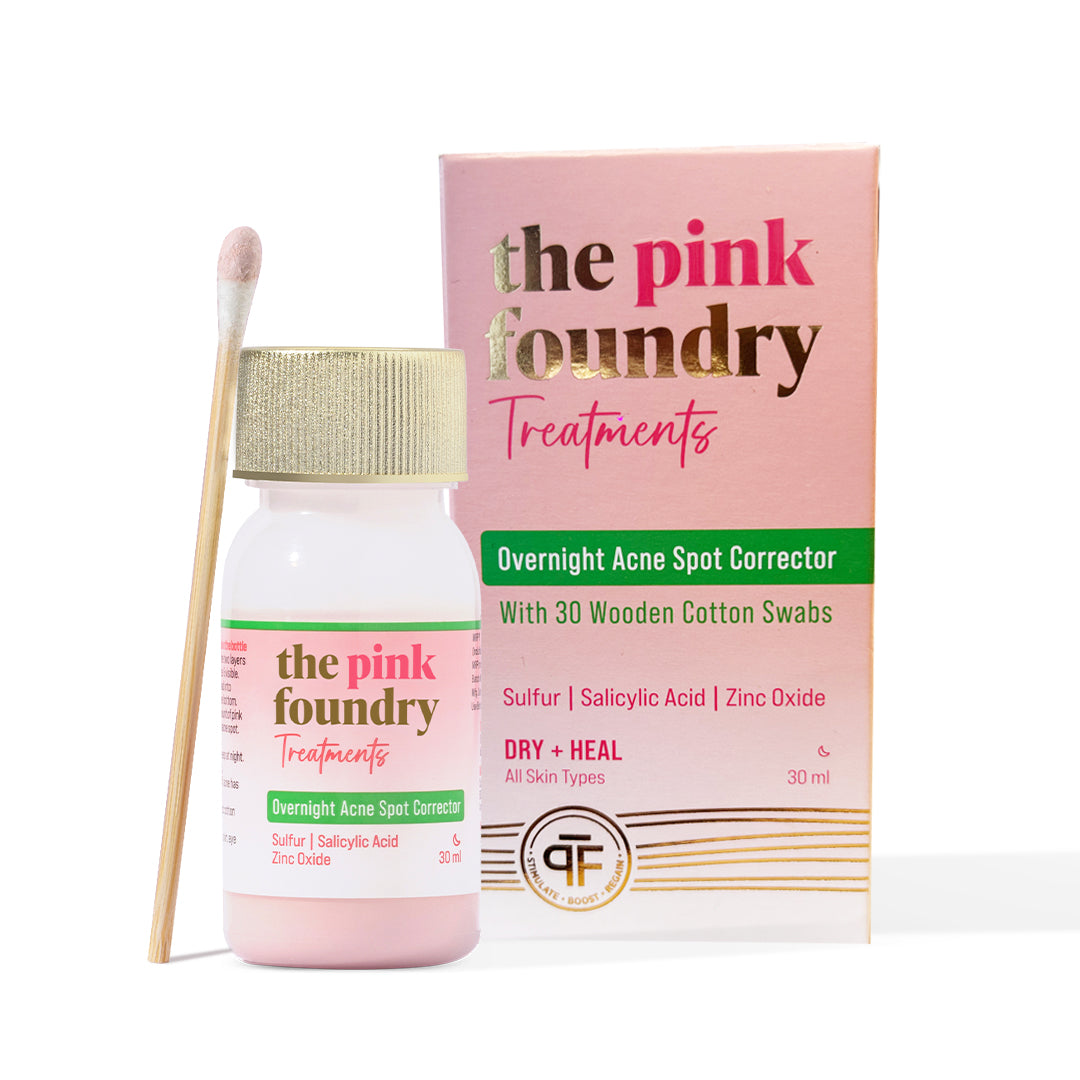
Leave a comment
This site is protected by hCaptcha and the hCaptcha Privacy Policy and Terms of Service apply.